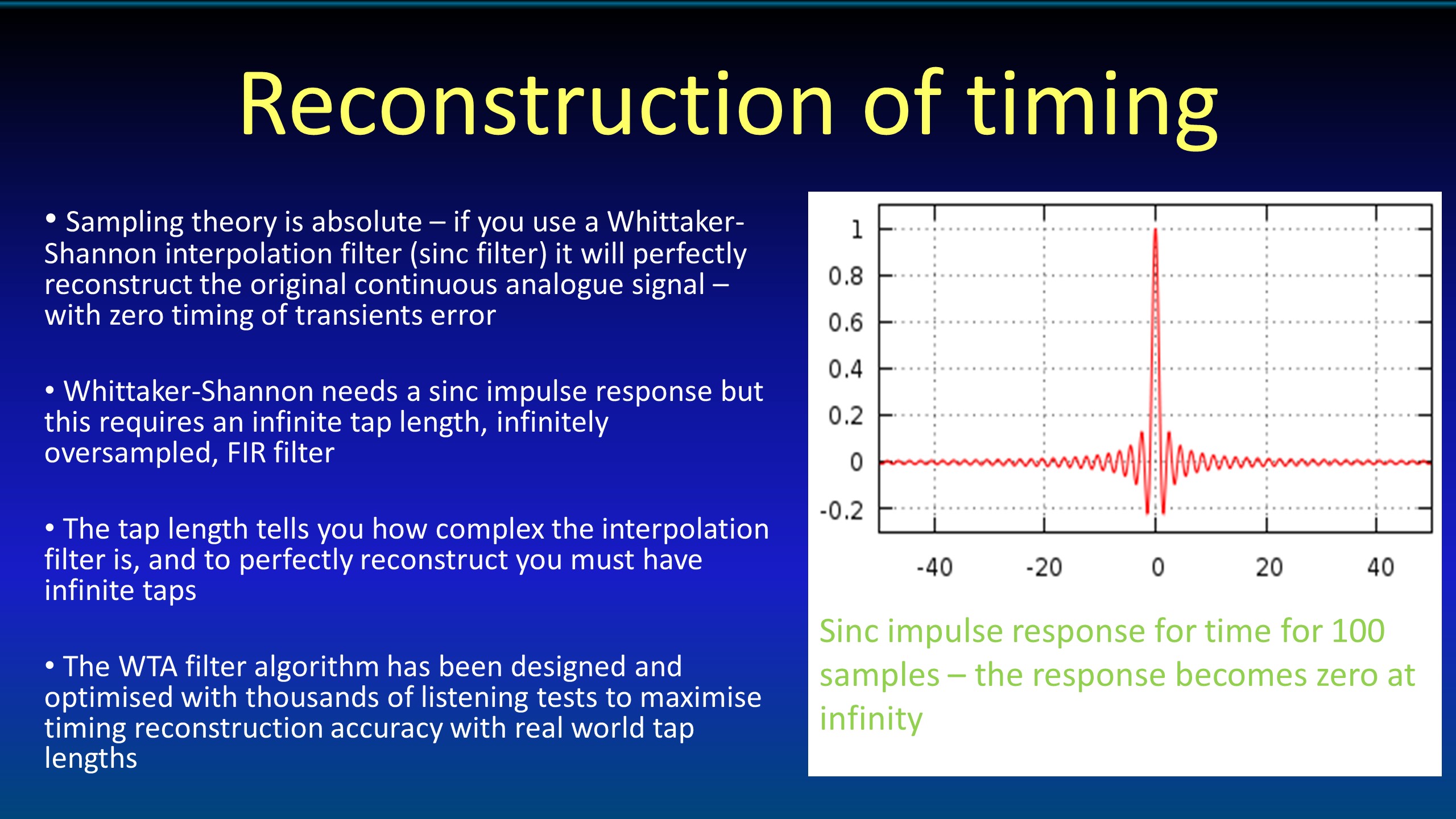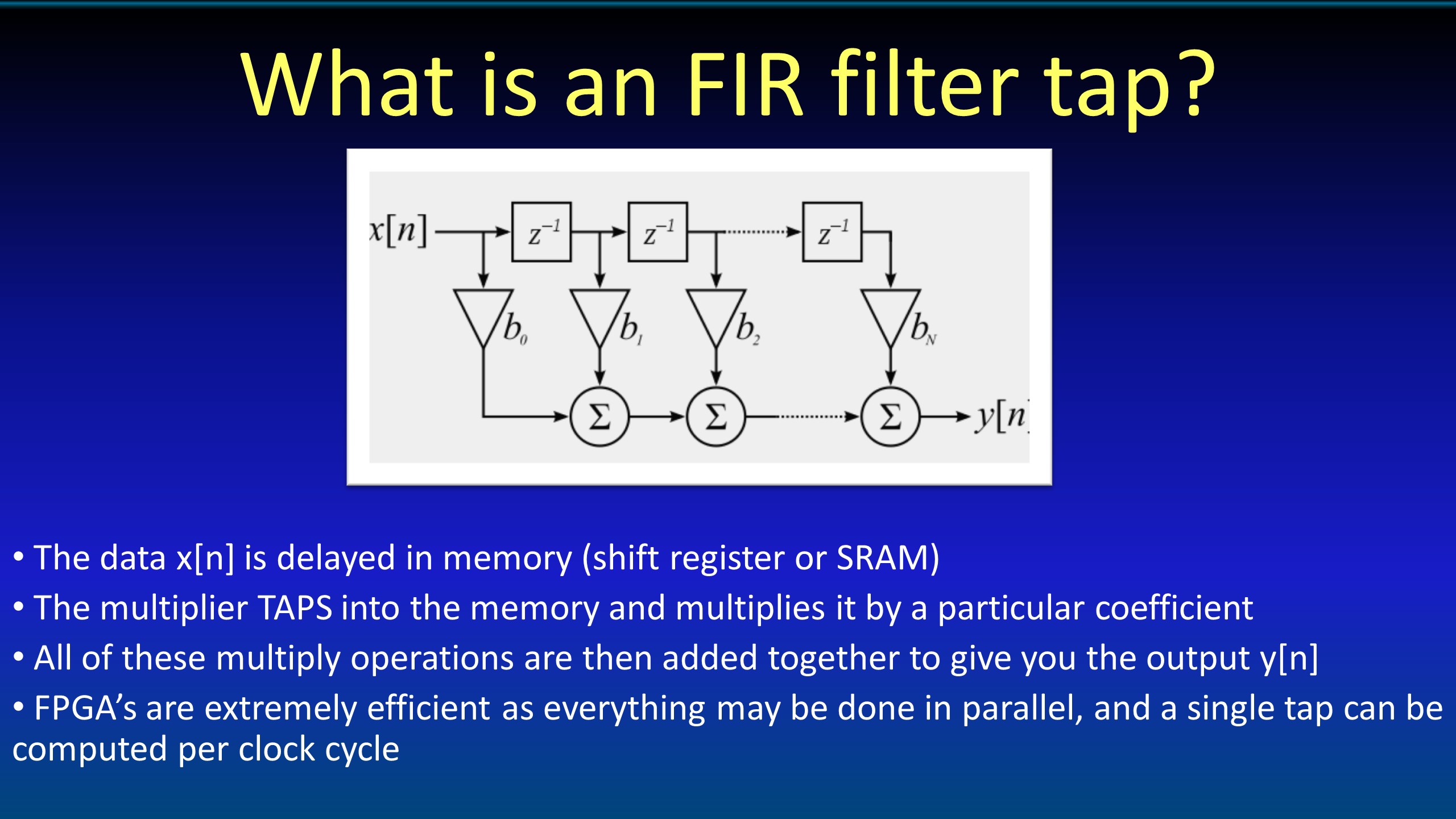I was at both RMAF talks -- let me say they were the best talks on audio I've heard in a long time. I feel so fortunate to have chosen this year to drop in on RMAF and have it coincide with your talks (I believe you said this was your first talk in the U.S.)!
I did have a philosophical question I wanted to ask at your first talk but we ran out of time.
I get your premise. We need a pretty good (many taps) approximation of perfect Shannon interpolation in order to construct an analog signal that captures sufficient transient details to satisfy the ear.
However, there is an underlying assumption -- that the PCM we are converting originally came from an ADC sampling of an analog signal.
But how valid is this assumption in all cases? Here's what I mean.
Yes, clearly, if you take the master tape from a Beatles album, run it through ADC, eventually turn it into a PCM file for streaming on Tidal, etc.... then this is all good.
But what if instead, we consider a more recent song... something off the Billboard charts... something that almost certainly underwent digital post-production. The engineers doing the mixing and mastering -- well, they will be judging their work based on a more run-of-the-mill DAC process, with all its imperfections. And further, if they detect something muddy with a particular track or a particular time, they may have applied various processing to compensate for the detection that was heard through an average DAC process (perhaps that problem may not even really be there if they had a 1MM tap filter in their DAC, but they don't...).
i.e. the PCM source now no longer represents a sampling of an analog source, but rather a work of art tuned by sound engineers, approved by the artist & the record company, etc -- with all of the monitoring performed on your average DAC.
Is it still a valid goal, then, to recreate the analog signal based on a different technique as opposed to just using an average DAC as that's what the artists approved as their work product?
Even if mixing and mastering were done in analog, DACS can still sneak in. Of the high end studio monitors likely to be used in the studio, Barefoot, Generlec and PMC all do ADC/DAC within the monitor. Focal and ATC are the only two monitors I can think of with pure analog paths.
-Ray



















































